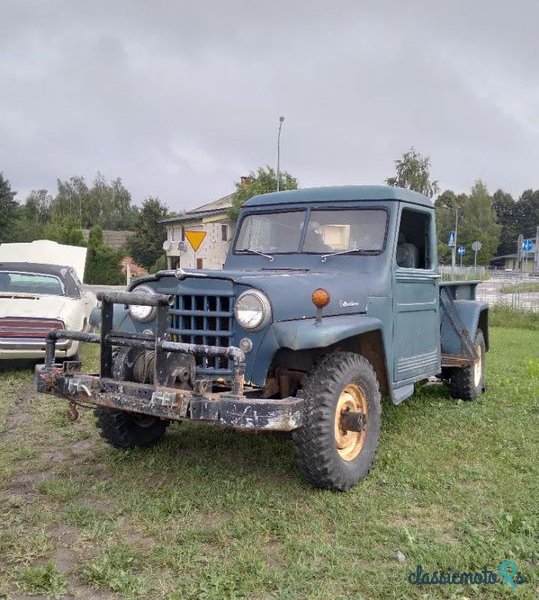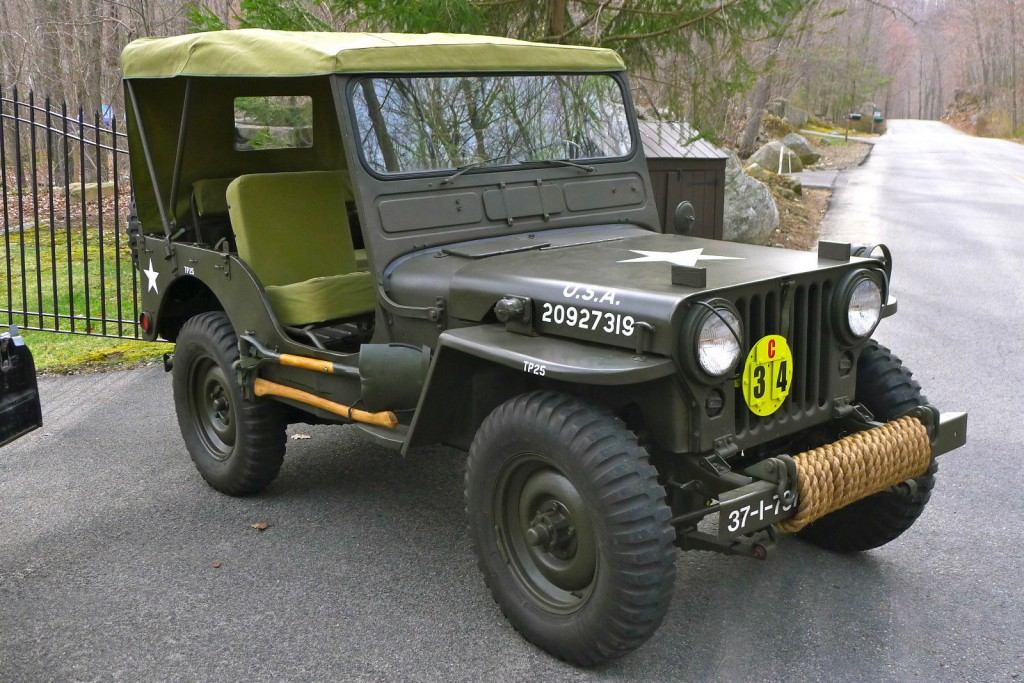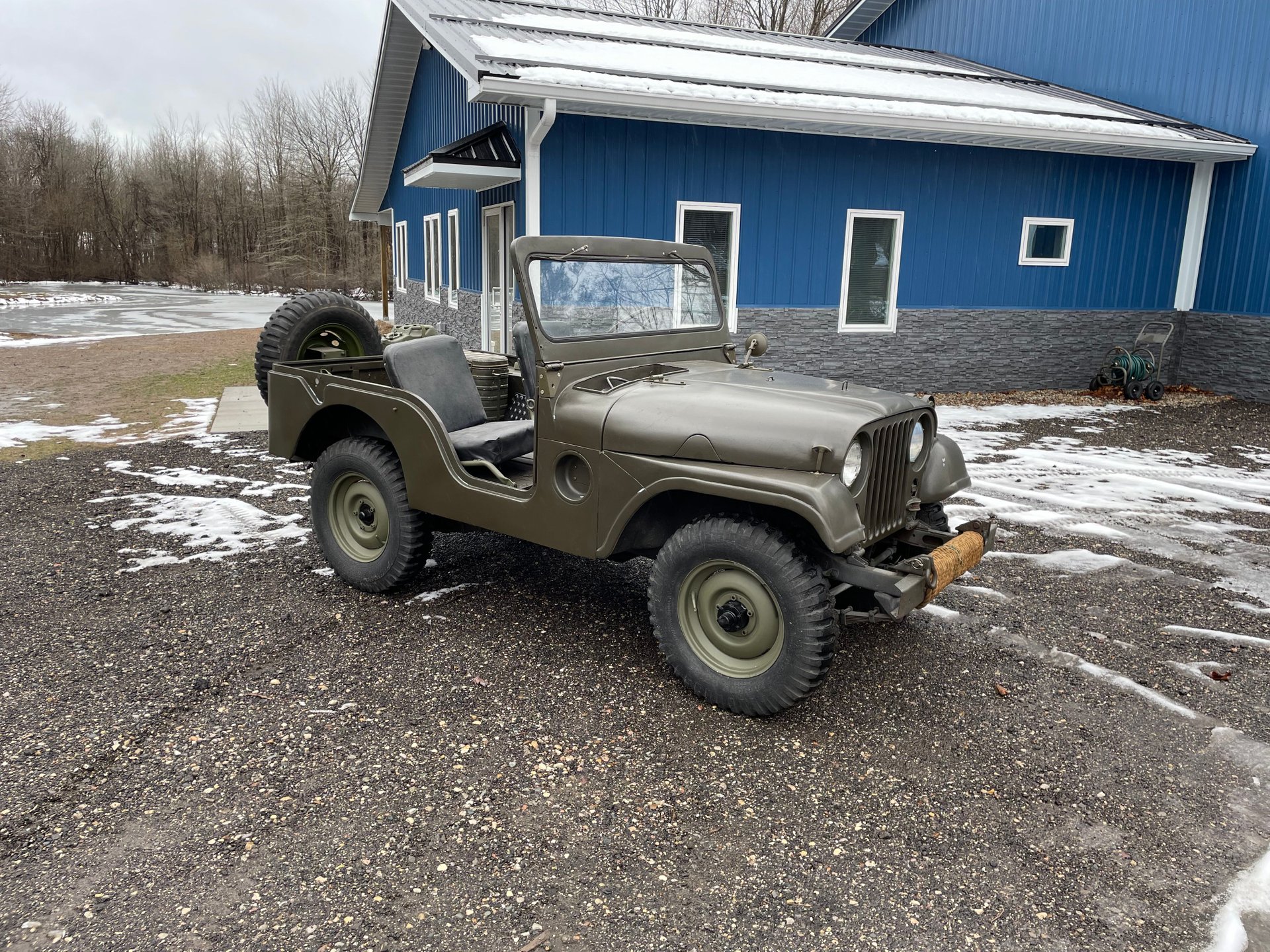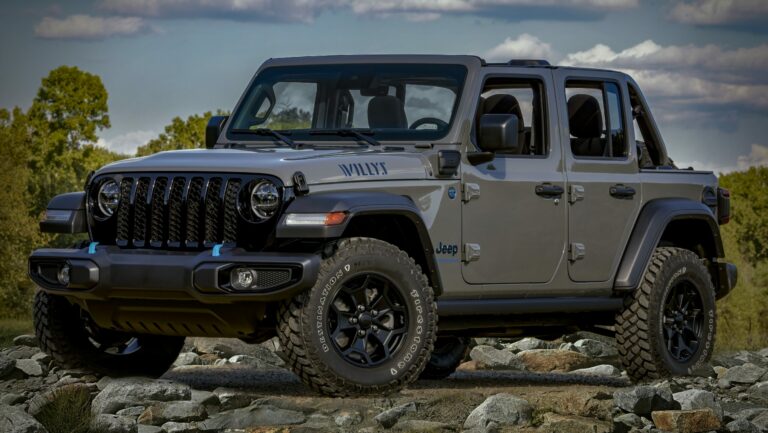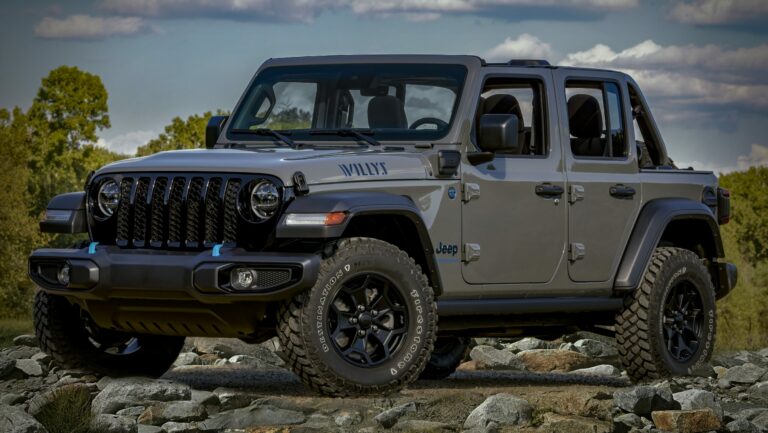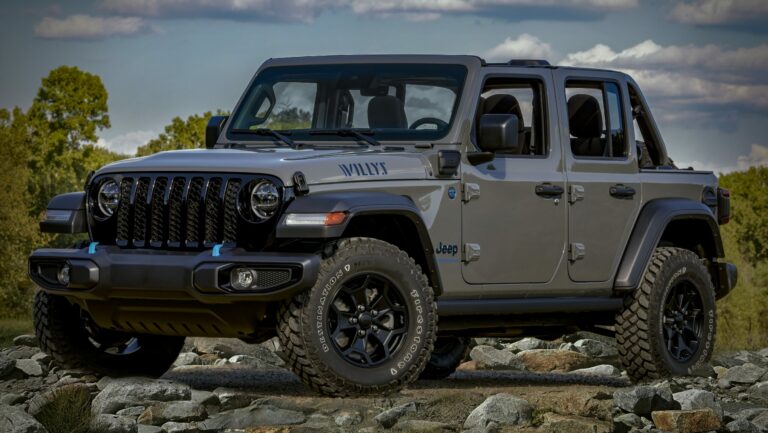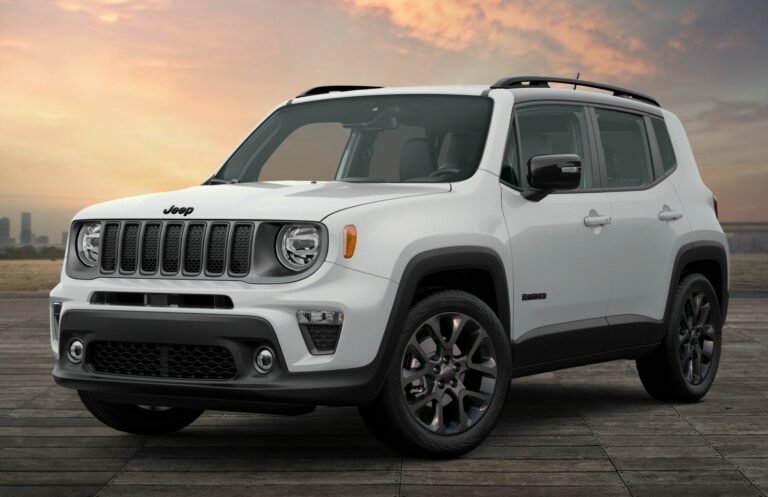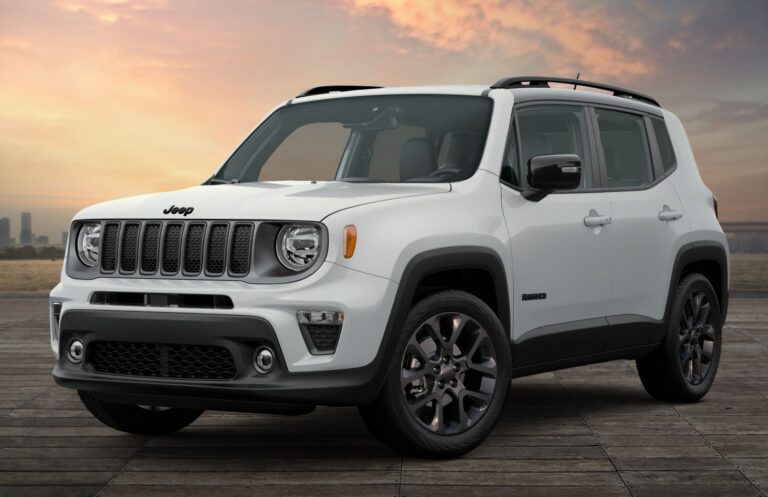1952 Willys Jeep For Sale: A Comprehensive Buyer’s Guide
1952 Willys Jeep For Sale: A Comprehensive Buyer’s Guide jeeps.truckstrend.com
Introduction: Embarking on a Journey into Automotive History
The year 1952 holds a special place in the annals of automotive history, particularly for enthusiasts of rugged, utilitarian vehicles. It was a time when the civilian version of the iconic World War II "Jeep" had firmly established itself as an indispensable tool for farmers, adventurers, and everyday Americans. The 1952 Willys Jeep, primarily represented by the CJ-3A model, isn’t just a vehicle; it’s a rolling testament to post-war ingenuity, durability, and a simpler era of motoring.
1952 Willys Jeep For Sale: A Comprehensive Buyer’s Guide
For sale today, a 1952 Willys Jeep represents more than just a classic car; it’s an opportunity to own a piece of Americana, to connect with a legacy of go-anywhere capability, and to join a passionate community of owners. Whether you’re a seasoned collector, a budding restorer, or simply someone yearning for a unique slice of history, understanding the nuances of acquiring and owning a 1952 Willys Jeep is crucial. This comprehensive guide will navigate you through everything you need to know, from its historical significance to practical buying tips and ownership considerations.
A Legacy of Utility: Understanding the 1952 Willys Jeep
To truly appreciate a 1952 Willys Jeep for sale, one must first understand its lineage. The civilian Jeep, or "CJ" series, was born from the legendary military MB and Ford GPW models that served valiantly during World War II. After the war, Willys-Overland saw an immense market for a civilian version, leading to the CJ-2A in 1945, followed by the improved CJ-3A in 1949.
The 1952 model year predominantly falls under the CJ-3A designation, often referred to as the "Universal Jeep." It retained the fundamental ruggedness of its military predecessor but introduced features geared towards civilian use, such as a one-piece windshield that could be opened for ventilation, improved seating, and a more refined dashboard. It was powered by the venerable "Go-Devil" L-head four-cylinder engine, renowned for its simplicity and reliability, coupled with a sturdy three-speed manual transmission (T-90) and a two-speed transfer case (Dana 18) for four-wheel drive capability.
The CJ-3A was marketed for a myriad of uses: farming, light industrial work, recreation, and general utility. Its compact size, high ground clearance, and robust 4×4 system made it incredibly versatile, earning its "Universal" moniker. Owning a 1952 Willys Jeep today means embracing this legacy of pure, unadulterated utility and iconic design.
Why Invest in a 1952 Willys Jeep Today?
The decision to purchase a classic vehicle is often driven by passion, and the 1952 Willys Jeep offers a compelling array of reasons beyond mere transportation:
- Historical Significance: You’re not just buying a car; you’re acquiring a tangible piece of post-war American history, a vehicle that helped shape rural landscapes and defined a new era of personal utility.
- Unmatched Simplicity and Durability: These Jeeps were built to be worked on with basic tools. Their mechanical systems are straightforward, making them relatively easy to maintain and repair for the DIY enthusiast. The "Go-Devil" engine, while not powerful, is legendary for its longevity.
- Engaging Driving Experience: Forget power steering, power brakes, or climate control. Driving a 1952 Willys Jeep is a raw, visceral experience. It connects you directly to the road (or trail) and offers a unique sense of adventure.
- Strong Community and Parts Availability: The Willys Jeep community is vibrant and extensive. Owners’ clubs, online forums, and dedicated vendors ensure that advice, support, and surprisingly, a wide array of new old stock (NOS) and reproduction parts are readily available.
- Potential for Appreciation: While not a guaranteed investment, well-maintained or professionally restored 1952 Willys Jeeps have shown a steady appreciation in value, making them not just a hobby but potentially a sound asset.
- Versatile Use: From local parades and classic car shows to light off-roading, farm work, or simply a charming weekend cruiser, the Willys Jeep remains incredibly versatile.
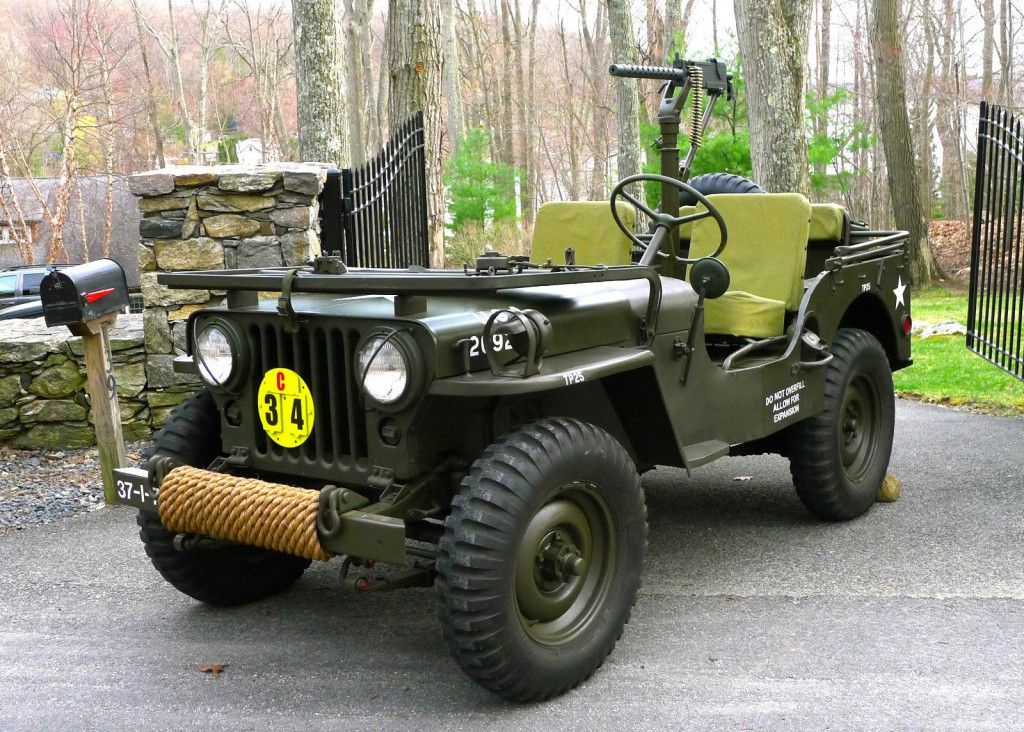

Navigating the Market: What to Look For When Buying
When a 1952 Willys Jeep is for sale, its condition can vary wildly, from rusted-out barn finds to meticulously restored showpieces. Understanding these categories and what to inspect is paramount.
Condition Categories:
- Project Vehicle (Barn Find/Parts Car): These are typically non-running, incomplete, or heavily rusted. They require extensive mechanical and body work.
- Pros: Lowest initial cost, full restoration experience, opportunity to customize.
- Cons: Highest overall cost in time and money, requires significant skills or professional help.
- Driver Quality: These Jeeps are typically running and driving, but may have cosmetic flaws, minor mechanical issues, or older restorations that show their age.
- Pros: Can be enjoyed immediately, good starting point for a rolling restoration, often a good balance of cost and usability.
- Cons: Still requires ongoing maintenance and potential repairs, may not be show-ready.
- Restored/Show Quality: These vehicles have undergone professional or high-level amateur restorations, often to original specifications, and are in excellent cosmetic and mechanical condition.
- Pros: Turn-key, ready to show or drive, often highest resale value.
- Cons: Highest initial purchase price.
- Concours/Museum Quality: Exceptionally rare and expensive, these are restored to better-than-factory new condition, often with meticulous attention to every period-correct detail.
Key Inspection Points:
- Frame & Body: Rust is the ultimate enemy. Pay close attention to the frame rails, especially where the spring hangers attach, and the "hat channels" under the floorboards. Check the floorboards, inner fenders, and toolboxes. Look for signs of shoddy patch jobs or accident damage. Originality of body panels is also a plus.
- Engine (Go-Devil L-134): Check for excessive oil leaks, unusual noises (knocking, ticking), and blue smoke from the exhaust (indicating oil burning). A compression test is highly recommended. Ensure it starts relatively easily.
- Drivetrain:
- Transmission (T-90): Test all gears, listen for grinding, especially when shifting.
- Transfer Case (Dana 18): Engage 2WD, 4WD High, and 4WD Low. Check for proper engagement and listen for clunks. Look for leaks.
- Axles (Dana 25 front, Dana 44 rear): Check for leaks around the differential covers and wheel ends. Listen for howling or grinding from the differentials.
- Brakes & Steering: Ensure the brakes are functional and pull evenly. Check for excessive play in the steering wheel and linkages.
- Electrical System: 1952 Willys Jeeps are typically 6-volt systems. Check all lights, gauges, and the horn. Look for frayed or spliced wiring. A 12-volt conversion is common but may detract from originality for some buyers.
- Tires & Wheels: Check tire condition (cracking, tread depth) and age. Ensure the wheels are not bent or rusted through.
- Paperwork: Verify the VIN matches the title. A clear title is essential.
The Buying Process: Practical Advice for a Smooth Acquisition
Finding and purchasing a 1952 Willys Jeep for sale requires patience and due diligence.
- Define Your Budget: Be realistic. Factor in not just the purchase price but also transportation, registration, insurance, and potential immediate repairs or restoration costs.
- Research Thoroughly: Understand the specific model (CJ-3A), its common quirks, and typical market values for different conditions. Join Willys Jeep forums and groups to learn from experienced owners.
- Where to Look:
- Online Marketplaces: eBay Motors, Hemmings, Bring a Trailer, ClassicCars.com.
- Specialty Forums & Clubs: Many Willys-specific forums have "for sale" sections.
- Auctions: Live and online auctions (e.g., Mecum, Barrett-Jackson for higher-end, local auctions for projects).
- Classic Car Dealers: Some specialize in vintage utility vehicles.
- Word-of-Mouth: Often the best deals are found through connections.
- Inspect in Person (Always!): Pictures can be deceiving. If you can’t inspect it yourself, hire a reputable pre-purchase inspection service specializing in vintage vehicles.
- Ask Questions: Don’t hesitate to ask the seller about the vehicle’s history, maintenance records, known issues, and reasons for selling.
- Negotiate Wisely: Be prepared to negotiate, but also be realistic. A fair price benefits both buyer and seller.
- Plan for Transportation: If the Jeep isn’t a reliable driver, arrange for professional transport.
- Secure Insurance: Obtain classic car insurance before you even pick up the vehicle.
Ownership and Maintenance: Keeping Your Willys Running
Owning a 1952 Willys Jeep is a rewarding experience, but it requires ongoing attention.
- Basic Maintenance: Regular oil changes (every 2,000-3,000 miles), greasing all lubrication points (chassis, universal joints), checking all fluid levels (engine oil, transmission, transfer case, differentials, brake fluid).
- Common Repairs: Gaskets are prone to leaks due to age. Brake lines and components may need replacement. The 6-volt electrical system can be finicky; ensuring good grounds and clean connections is key.
- Parts Availability: Thankfully, parts for the CJ-3A are surprisingly abundant. Many manufacturers specialize in reproduction body panels, mechanical components, and electrical parts. Online vendors and swap meets are excellent resources.
- Restoration Considerations: Decide if you want a full frame-off restoration or a more modest "rolling restoration." Budget for professional work if you lack the skills or time. Rust repair, paint, and engine/drivetrain rebuilds are the most significant costs.
- Community Resources: Joining a Willys Jeep club or online forum is invaluable. You’ll gain access to a wealth of knowledge, troubleshooting tips, and camaraderie.
Challenges and Solutions
While owning a 1952 Willys Jeep is fantastic, be prepared for some unique challenges:
- Challenge: Rust. Solution: Diligent inspection before purchase, professional rust repair, or DIY fabrication using patch panels. Regular cleaning and rust prevention.
- Challenge: 6-Volt Electrical System. Solution: Maintain it carefully with clean grounds and connections, or consider a 12-volt conversion (requires new battery, generator/alternator, starter, and possibly gauges/lights). Note that a 12V conversion impacts originality.
- Challenge: Slow Speed and Lack of Modern Comforts. Solution: Embrace it! This is not a highway cruiser. Enjoy the slower pace, the open-air experience, and the mechanical feel. For longer drives, trailer it.
- Challenge: Finding Originality. Solution: Research original specifications thoroughly. Consult period manuals and experienced restorers. Be prepared to pay a premium for correct parts.
- Challenge: No Power Steering/Brakes. Solution: Get used to the manual effort. For some, a power steering conversion is possible, but again, it detracts from originality. Ensure the manual systems are in top working order.
1952 Willys Jeep For Sale: Price Guide
The price of a 1952 Willys Jeep can vary significantly based on its condition, originality, and location. The table below provides a general overview:
| Condition Category | Description
